Export Office: 21Floor, No.5 Nanhai Zhi Road,Qingdao, Shandong ,China
Work Shop: Beian Industrial zone, Qingdao,Shandong,China
+86 532 88256399
Martin
Inquiry now
Advantages and disadvantages of various valves:
1. Gate valve: Gate valve refers to a valve whose closing member (disc) moves along the vertical direction of the channel axis. It is mainly used to cut off the medium in the pipeline, that is, fully open or fully closed. Generally, the gate valve cannot be used as an adjustment flow. It can be applied to low temperature and high pressure as well as high temperature and high pressure, and can be based on different materials of the valve. But gate valves are generally not used in pipelines that transport mud and other media
Advantages:
①The fluid resistance is small;
②The torque required for opening and closing is small;
③It can be used on the ring network pipeline where the medium flows in both directions, that is to say, the flow direction of the medium is not restricted;
④When fully open, the erosion of the sealing surface by the working medium is smaller than that of the stop valve;
⑤The body structure is relatively simple, and the manufacturing process is better;
⑥The structure length is relatively short.
Disadvantages:
①The overall dimensions and opening height are large, and the space required for installation is also large;
②In the process of opening and closing, the sealing surface is relatively rubbed by people, and the abrasion is large, even at high temperature, it is easy to cause abrasion;
③Generally, gate valves have two sealing surfaces, which adds some difficulties to processing, grinding and maintenance;
④ Long opening and closing time.
2. Butterfly valve: The butterfly valve is a valve that uses a disc-type opening and closing member to reciprocate about 90° to open, close and adjust the fluid channel.
Advantages:
①Simple structure, small size, light weight, saving consumables, do not use in large-caliber valves;
②Rapid opening and closing, low flow resistance;
③It can be used for media with suspended solid particles, and it can also be used for powder and granular media depending on the strength of the sealing surface. It can be applied to the two-way opening and closing and adjustment of ventilation and dust removal pipelines, and is widely used in gas pipelines and water channels in metallurgy, light industry, electric power, and petrochemical systems.
Disadvantages:
①The flow rate adjustment range is not large, when the opening reaches 30%, the flow rate will enter more than 95%;
②Due to the limitation of the structure of the butterfly valve and the sealing material, it is not suitable for use in high temperature and high pressure piping systems. The general working temperature is below 300℃ and below PN40;
③The sealing performance is poorer than that of ball valves and globe valves, so it is used in places where the sealing requirements are not very high.
3. Ball valve: evolved from a plug valve, its opening and closing part is a sphere, which uses the sphere to rotate 90° around the axis of the valve stem to achieve the purpose of opening and closing. The ball valve is mainly used to cut off, distribute and change the direction of the medium flow in the pipeline. The ball valve designed as a V-shaped opening also has a good flow adjustment function.
Advantage:
①has the lowest flow resistance (actually 0);
②Because it will not get stuck when working (when there is no lubricant), it can be reliably used in corrosive media and low boiling point liquids;
③In a larger pressure and temperature range, it can achieve complete sealing;
④Fast opening and closing can be realized, and the opening and closing time of some structures is only 0.05~0.1s to ensure that it can be used in the automation system of the test bench. When opening and closing the valve quickly, there is no shock in operation;
⑤The spherical closing piece can be automatically positioned on the boundary position;
⑥The working medium is reliably sealed on both sides;
⑦When fully open and fully closed, the sealing surface of the ball and the valve seat is isolated from the medium, so the medium passing through the valve at high speed will not cause the erosion of the sealing surface;
⑧ compact structure and light weight, it can be considered as the most reasonable valve structure for cryogenic medium system;
⑨The valve body is symmetrical, especially the welded valve body structure, which can withstand the stress from the pipeline well;
⑩The closing piece can withstand the high pressure difference when it is closed. ⑾The ball valve with fully welded body can be directly buried in the ground, so that the internal parts of the valve are not corroded, and the maximum service life can reach 30 years. It is the most ideal valve for oil and natural gas pipelines.
Disadvantages:
①Because the main valve seat sealing ring material of the ball valve is PTFE, it is inert to almost all chemical substances, and has a small friction coefficient, stable performance, not easy to age, wide temperature application range and excellent sealing performance The comprehensive characteristics. However, the physical properties of PTFE, including high expansion coefficient, sensitivity to cold flow and poor thermal conductivity, require the design of valve seat seals to focus on these characteristics. Therefore, when the sealing material becomes hard, the reliability of the seal is impaired. Moreover, PTFE has a low temperature resistance rating and can only be used at less than 180°C. Above this temperature, the sealing material will deteriorate. In the case of long-term use, it will generally only be used at 120°C.
②Its regulation performance is worse than that of globe valves, especially pneumatic valves (or electric valves).
4. Globe valve: refers to the valve whose closing part (disc) moves along the center line of the valve seat. According to this movement form of the valve disc, the change of the valve seat port is proportional to the valve disc stroke. Because the opening or closing stroke of the valve stem of this type of valve is relatively short, and it has a very reliable shut-off function, and because the change of the valve seat port is in direct proportion to the stroke of the valve disc, it is very suitable for flow adjustment. Therefore, this type of valve is very suitable for cutting off or regulating and throttling.
Advantage:
①During the opening and closing process, the friction between the disc and the sealing surface of the valve body is smaller than that of the gate valve, so it is wear-resistant.
②The opening height is generally only 1/4 of the valve seat passage, so it is much smaller than the gate valve;
③Usually there is only one sealing surface on the valve body and the valve disc, so the manufacturing process is relatively good and easy to maintain;
④Because the filler is generally a mixture of asbestos and graphite, the temperature resistance level is higher. Generally steam valves use stop valves.
Disadvantages:
①Because the flow direction of the medium through the valve has changed, the minimum flow resistance of the stop valve is also higher than that of most other types of valves;
②Due to the long stroke, the opening speed is slower than that of the ball valve.
5. Plug valve: refers to a rotary valve with a plunger-shaped closing part. The passage opening on the valve plug is communicated with or separated from the passage opening on the valve body through a 90° rotation to realize opening or closing. The shape of the valve plug can be cylindrical or conical. The principle is basically similar to that of the ball valve. The ball valve is developed on the basis of the plug valve. It is mainly used for oilfield exploitation, but also for petrochemical industry.
6. Safety valve: Refers to the pressure vessel, equipment or pipeline as an overpressure protection device. When the pressure in the equipment, container or pipeline rises above the allowable value, the valve will automatically open, and then the full amount will be discharged to prevent the equipment, container or pipeline and the pressure from continuing to rise; when the pressure drops to the specified value, the valve should automatically Close in time to protect the safe operation of equipment, containers or pipelines.
7. Steam trap: Some condensed water will be formed in the medium of conveying steam and compressed air. In order to ensure the working efficiency and safe operation of the device, these useless and harmful media should be discharged in time to ensure the consumption and consumption of the device. use. It has the following functions: ①It can quickly remove the condensed water produced; ②Prevent steam leakage; ③Exclude air and other non-condensable gases.
8. Pressure reducing valve: It is a valve that reduces the inlet pressure to a certain required outlet pressure through adjustment, and relies on the energy of the medium itself to automatically maintain a stable outlet pressure.
9. Check valve: also known as reverse valve, check valve, back pressure valve and one-way valve. These valves are automatically opened and closed by the force generated by the flow of the medium in the pipeline, and belong to an automatic valve. The check valve is used in the piping system, and its main function is to prevent the medium from flowing back, prevent the pump and the drive motor from reversing, and to discharge the container medium. Check valves can also be used to supply pipelines for auxiliary systems where the pressure may rise above the system pressure. It can be divided into swing type (rotating by the center of gravity) and lifting type (moving along the axis).
For more information please check Eathu website https://www.eathu.com/product/eathu-valves.html, for any inquiry please contact Eathu info@eathu.com, skype/whatsapp/mob:+86 132 1015 3062
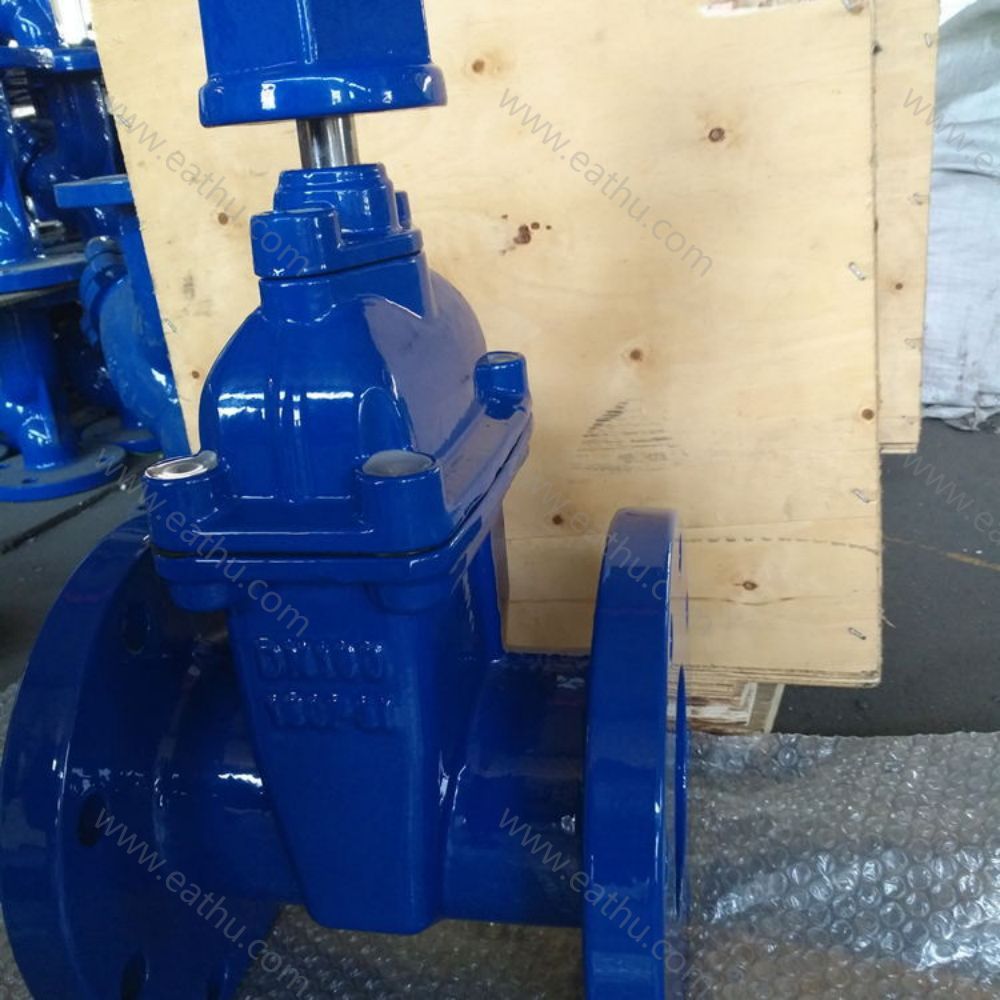
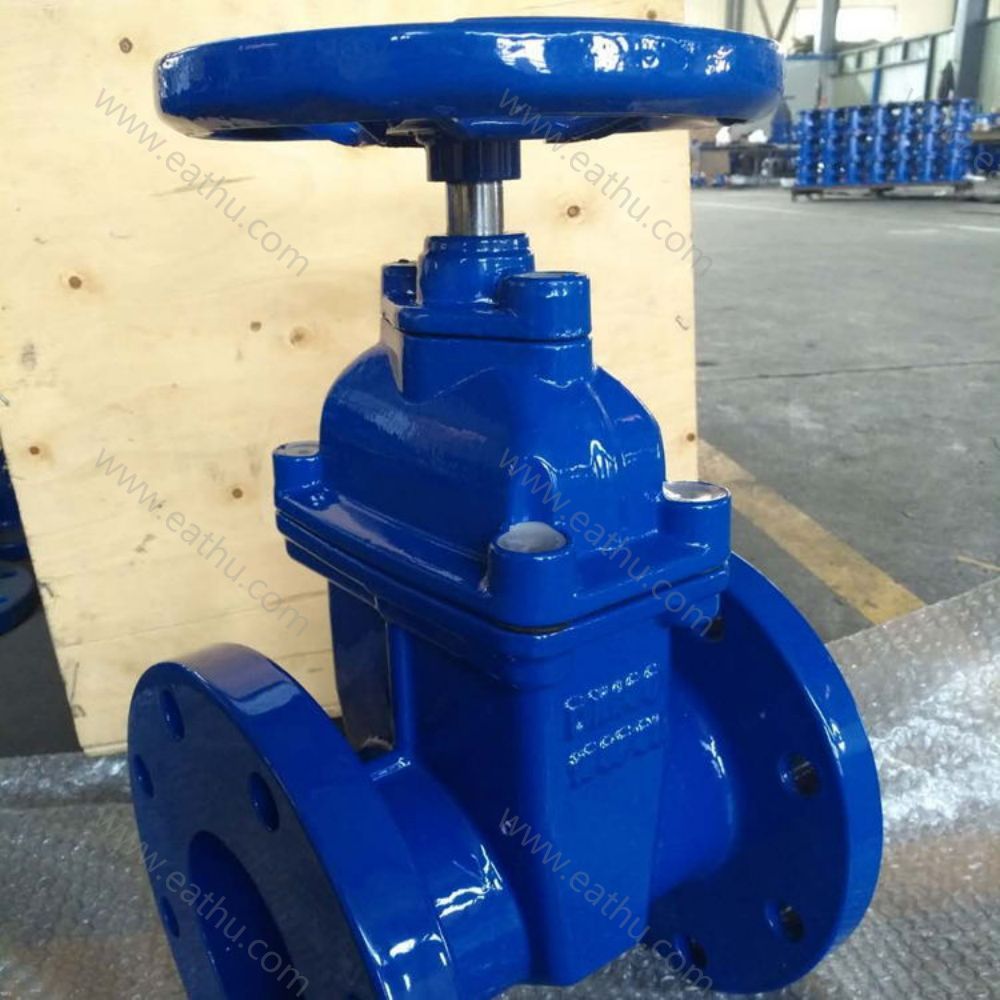
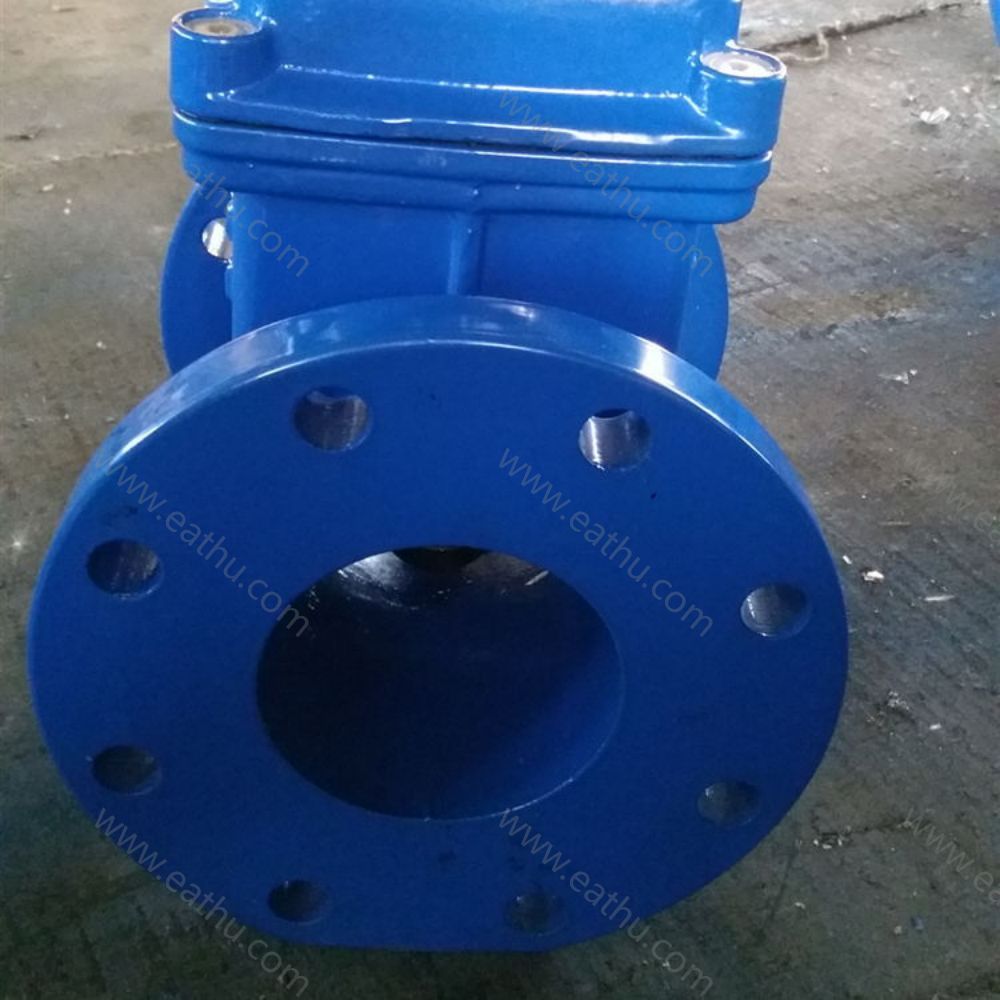
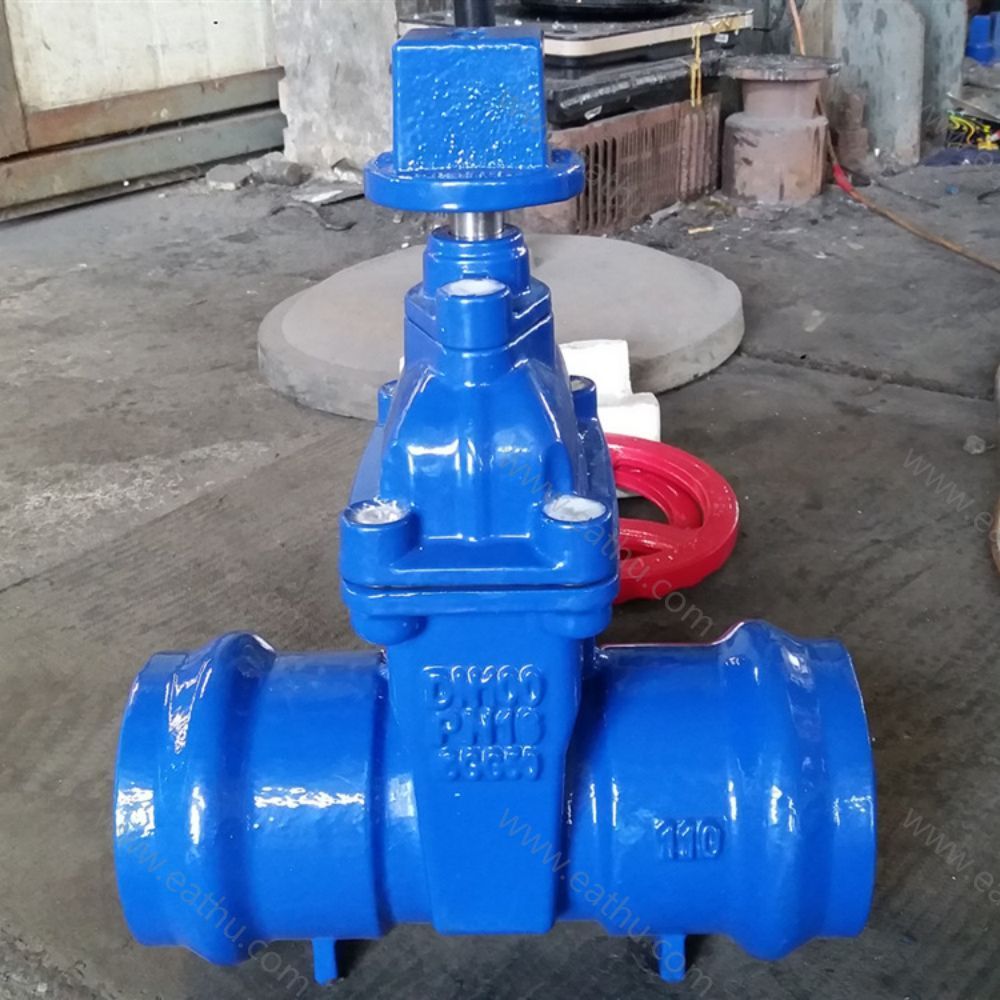
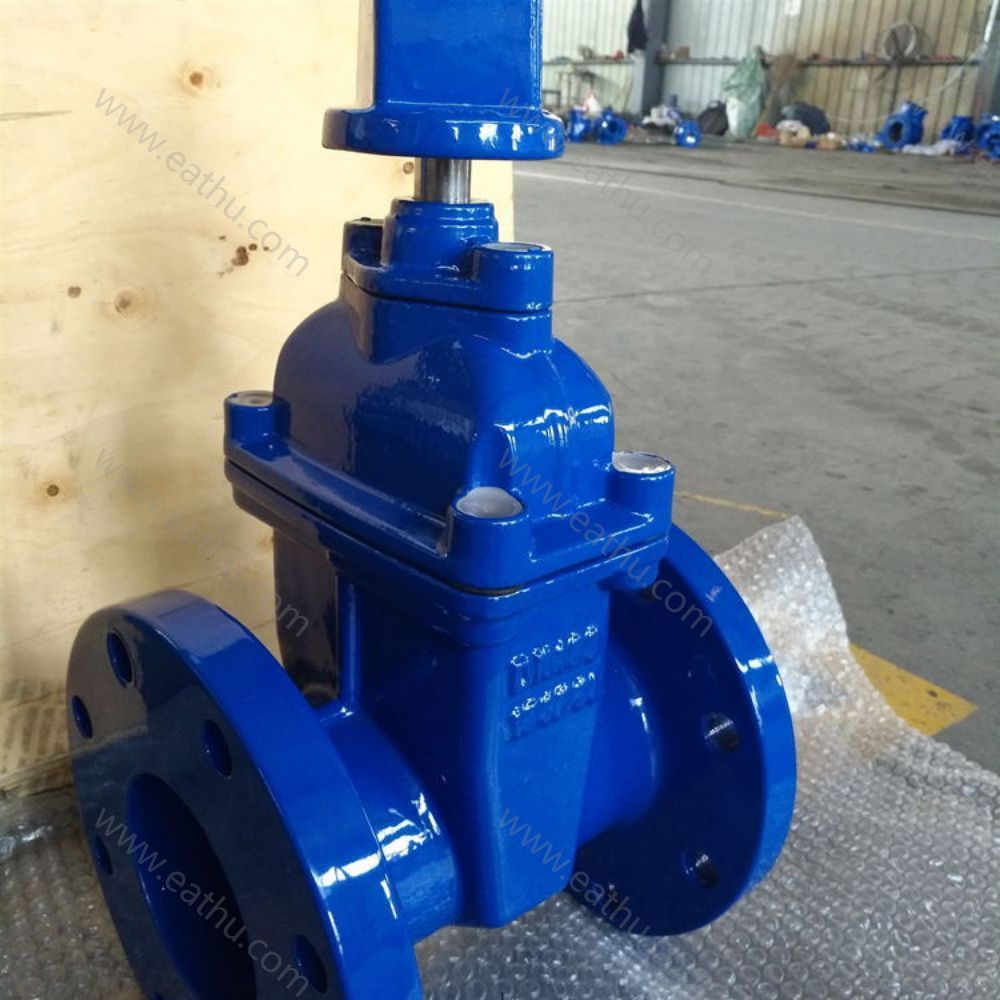
Export Office: 21Floor, No.5 Nanhai Zhi Road,Qingdao, Shandong ,China
Work Shop: Beian Industrial zone, Qingdao,Shandong,China
+86 532 88256399
Martin
© 2020 Qingdao Fluido Industrial Co.,Ltd. All Rights Reserved. Qingdao fluido valve

